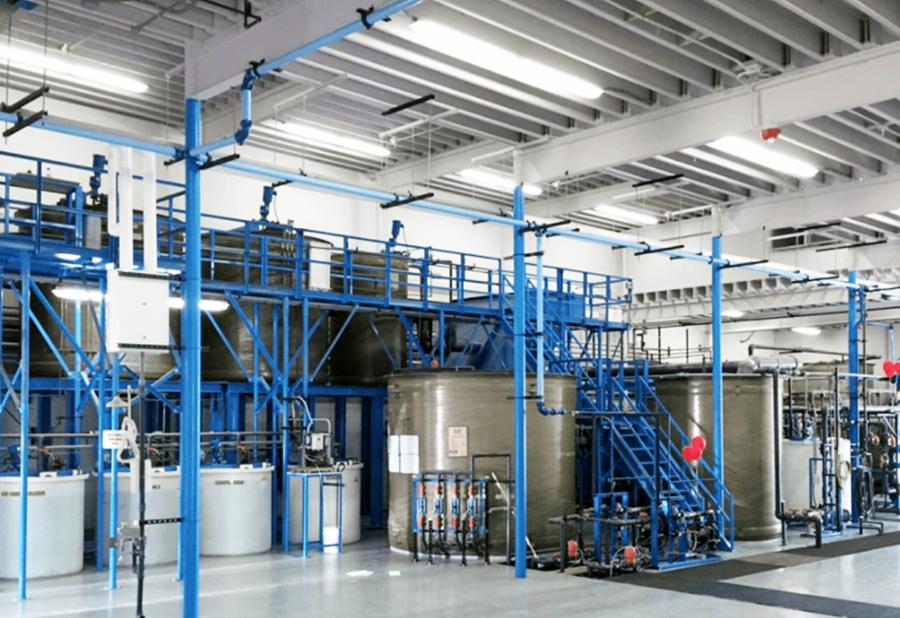Featured Post
Wastewater Treatment for Surface Finishing Applications
Surface finishing and metalworking techniques allow manufacturers to create complex metal goods that are immediately ready for use in consumer, commercial, and industrial applications.
